What is DevSecOps, and what are DevSecOps Tools?
DevSecOps is a holistic approach to security, informed by a community-driven mindset. Developers, IT operations, and security professionals use DevSecOps tools to build secure software, by embedding security standards in all parts of the DevOps pipeline. Security is now a part of all stages of development, from writing code to deployment of applications in production.
DevSecOps aims to ensure that all team members are responsible for security in the software they deliver. DevOps Security delivers secure software by implementing continuous delivery architectures and a community-driven strategy informed by experimentation and learning.
Learn more in our detailed guide to devops testing.
While traditional security measures added security on top of the continuous delivery pipeline, DevSecOps tools aim to build compliance and security into the pipeline. A primary way of doing this is by automating security processes using a variety of DevSecOps tools. We’ll discuss several important categories of DevSecOps tools, including:
- Dynamic Application Security Testing (DAST)—used to test applications for security flaws while running in a development environment or in production
- Static Application Security Testing (SAST)—used to test for security flaws in source code
- Dashboard tools—used to gain visibility into security issues in the development process
- Threat modeling tools—used to identify and prioritize risk in applications
In this article:
- Dynamic Application Security Testing (DAST)
- Static Application Security Testing (SAST) Tools
- Dashboard Tools
- Threat Modeling Tools
- Auditing Tools
- How To Select a DevSecOps Tool
Dynamic Application Security Testing (DAST)
DAST tools use a black-box testing approach, where the tester doesn’t have a prior understanding of the system. They typically detect security vulnerabilities present in the application while it is running in production and were historically deployed late in the CICD by the security team. DAST tools use operating code to identify issues with requests, interfaces, scripting, responses, authentication, sessions, data injection, and more.
1. Bright Security

Bright is a developer-focused and AI-powered DAST scanner. It removes legacy DAST tools’ limitations and pain points, providing security testing automation for CI/CD and DevOps pipelines, to test both modern applications and APIs early and often, at speed.
Key features include:
- Integrates into CI/CD pipelines seamlessly.
- Full support for testing microservices, single page applications, APIs (REST, GraphQL) and authentication mechanisms.
- Tailored to developers, it uses proprietary Smart Scanning to remove complex configurations and test setup, enabling developers run the most important tests, without the need to be a cyber security expert.
- Each pull request or build can be tested, ensuring scans perform at the speed of DevOps while successfully identifying vulnerabilities.
- Eliminates false positives in an automated way, removing the need for manual validation and false alerts, saving time for security teams and developers.
- Provides transparent, developer friendly remediation guidelines with full proof of concept of the exploit.
- The only DAST scanner to automatically detect Business Logic vulnerabilities, reducing further the reliance on manual testing and putting comprehensive scanning into the hands of developers.
2. GitLab

GitLab is a collaborative software development platform and an open source code repository for sizable DevSecOps and DevOps projects.
GitLab provides a place for online code storage and the capacity for CI/CD and issue tracking. The repository allows for the hosting of various development versions and chains and lets users examine previous code and return to it in the case of unexpected problems.
GitLab offers – start to end – DevOps capabilities for every point in the software development life cycle. GitLab’s continuous integration (CI) abilities let development teams automate the building and testing of their code. The tool includes security features with scan results given to developers within their CI pipeline/workflow. Furthermore, a dashboard helps security professionals manage vulnerabilities. Users can also make use of fuzz testing via GitLab’s acquisitions of Fuzzit and Peach Tech.
3. OWASP Zap
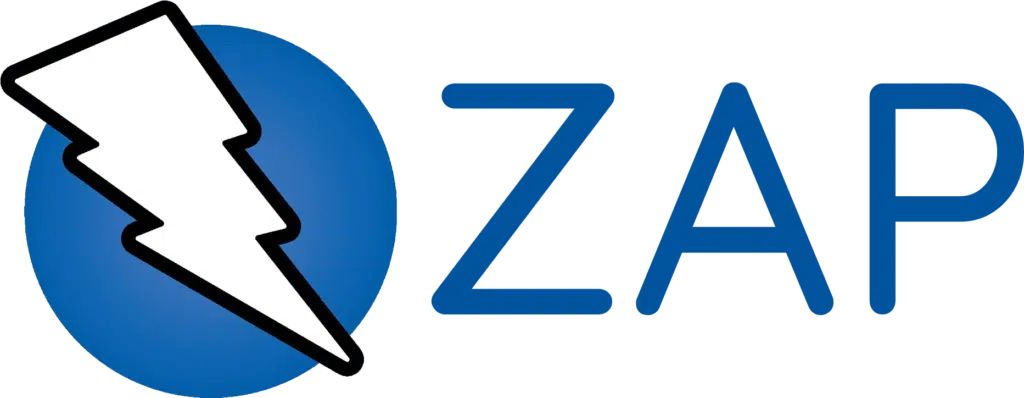
Zed Attack Proxy (ZAP) is an open-source web application security scanner. It is one of the most active Open Web Application Security Project (OWASP) projects. Initially, IT specialists used to identify vulnerabilities in web applications. It is now also commonly used for mobile application security testing.
ZAP sends malicious messages to identify security flaws in an application, increasingly used to test the security of mobile applications. This form of testing is made possible by sending any file or request via a malicious message and testing if a mobile application is vulnerable to that message.
Key features include:
- An international community-based tool maintained and supported by hundreds of volunteers
- Available in 20 programming languages
- Support for manual security testing
Static Application Security Testing (SAST) Tools
SAST is a core component of a shift-left security methodology. Your organization can save time dealing with security issues by looking for potential problems early on. You can identify issues as soon as you start developing the code. SAST integrates into CI/CD pipelines and IDEs to stop harmful code from reaching production.
4. LGTM

LGTM enables pull request approvals using GitHub maintainers files and protected branches. You can lock pull requests, so they are not merged until a specified number of project maintainers give their approvals. Project maintainers can show their approval by remarking “looks good to me” (LGTM) in their pull request.
- Enable automatic code review – stop bugs from making it to your project by employing automated reviews that tell you when your code modification might initiate alerts within your project.
- Track projects over time – LGTM studies the whole history, so you can view how your alerts have evolved and which particular commits or events had the largest influence on your code quality.
- See how your projects measure up – you can use LGTM to discover how your project measures up against other projects on the market and improve your projects’ grades and alert counts by using a shield via your repositories’ readme files.
5. Codacy
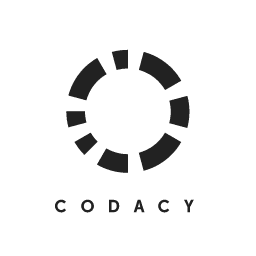
Codacy identifies patterns to help developers or software engineers in code reviews. Codacy is a useful tool in discovering security issues and improving code quality.
The tool uses an interface to provide you with more information about the code you are using, and can help you demonstrate the quality of your project.
Codacy integrates with GitHub, looking for errors and discovering code complexity and style. When you deploy Codacy in your work, you save time when reviewing codes. It also helps you keep track of the quality of your project.
Codacy automates code quality. It undertakes static code examination automatically, offering speedier notifications of security problems, code coverage, and code complexity and code duplication.
Dashboard Tools
Dedicated DevSecOps dashboard tools permit you to view and share security data. They provide an overall graphical view of the DevSecOps process from development through to operations, promoting collaboration between developers, operations, and security teams. In addition to standalone dashboard tools, many DevSecOps tools include dashboards.
6. Grafana
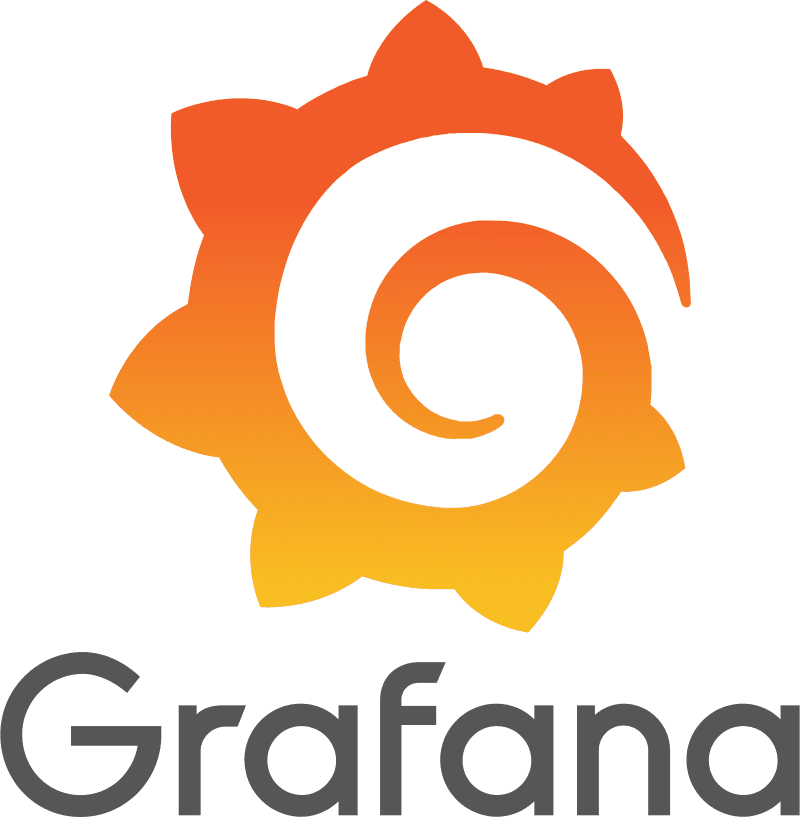
Grafana provides one central hub from which you can visualize, query, and analyze metrics. It is an open observability platform.
Grafana lets you structure dashboards to meet your needs and share them with your team members. Its visualization tools feature graphs, geomaps, and histograms. Furthermore, it provides support for many databases, allowing you to aggregate additional data.
Grafana observability functionality helps teams gain visibility over complex environments like containerized or serverless applications.
7. Kibana
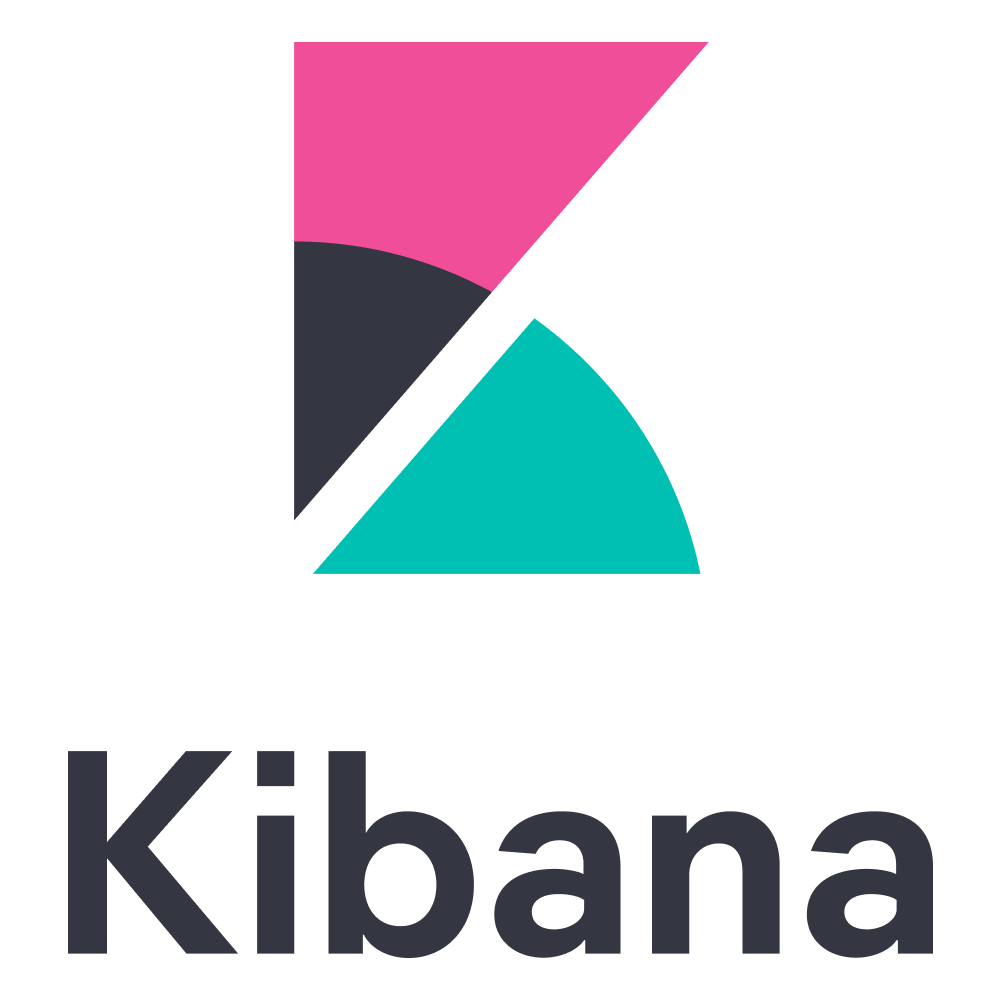
Kibana performs visualization for Elasticsearch data. You can use it to track request workflows, query loads, and more. DevSecOps teams can implement custom visualizations according to their needs. Kibana adds an intelligence feature that suggests visualizations to communicate data successfully.
Threat Modeling Tools
Threat modeling DevSecOps tools are intended to discover, define and predict threats over the entire attack surface so that your team can reach proactive security decisions. Specific tools automatically design threat models from details users give them about their applications and systems. These tools offer a visual interface to assist non-security and security professionals in exploring threats and their possible impacts.
8. OWASP Threat Dragon

OWASP Threat Dragon develops threat model diagrams to keep track of probable threats and decide how to mitigate them. It works for desktop and web applications. It has a rule engine and system diagramming to auto-generate threats and mitigation efforts. DevSecOps teams will find it helpful because it provides a proactive method of threat management from the beginning of the development process.
9. ThreatModeler
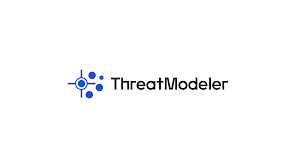
ThreatModeler is an automated threat modeling system. It is available in the cloud and AppSec editions. Once you enter functional details about your systems or applications, ThreatModeler automatically assesses the data and discovers potential threats over the whole attack surface, according to up-to-date threat intelligence.
Auditing Tools
It is important to test applications in development for possible vulnerabilities as part of DevSecOps. This process lets you pinpoint security vulnerabilities before they are exploited.
10. Chef InSpec

Chef InSpec assists with standardized security auditing to help with ongoing compliance. This tool is suitable for identifying non-compliance early, helping with quick remediation. Also, it provides automated security compliance for your infrastructure to minimize risk. DevSecOps teams find this a valuable tool because of its streamlined delivery of security and compliance audits.
11. Gauntlt
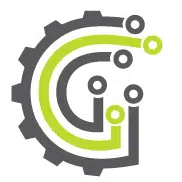
Gauntlt offers hooks to different security tools and makes them available for use by security, dev, and ops teams so that they can build sturdy software. It is built to allow communication and testing between groups and develop actionable tests that may be hooked into your testing and deploy processes.
Features:
- Gauntlt attacks are created in easy-to-ready language
- Hooks into your organization’s testing processes and tools
- Security tool adapters feature Gauntlt
- Uses Unix standard out and standard error to pass status
How To Select a DevSecOps Tool
Native Artifact Management
Before teams can begin identifying which open source components possess vulnerabilities, they need to use a universal DevOps platform. This platform should manage all binaries and artifacts in one unified place, irrespective of technology and type. The DevOps platform must know which artifacts are created, used, or consumed. The platform should also know about the dependencies of the artifacts.
Related content: Read our guide to cloud native security.
Visibility Into All Environment Layers
It is important to know which open source components and libraries your binaries use. However, beyond this, you should also understand how to scan and unpack them to see into additional dependencies and layers – including those packed in ZIP files and Docker images.
A DevSecOps solution should know an organization’s dependency and artifact structure. It should also provide visibility and assess the impact of any license violation or vulnerability identified anywhere in the software ecosystem.
Cloud-native Support
Solutions must support container-based release frameworks. Such frameworks are quickly becoming the standard for DevOps infrastructure. In-depth, recursive knowledge of container technology and the capacity to deeply explore each layer will ensure that vulnerabilities are revealed. However, many scanning tools don’t provide support for containers. Or, they don’t have enough knowledge about their transitive dependencies and different layers.
Automation
Organizations must think about the development and operations environment as a whole. This environment includes container registries, source control repositories, the continuous integration and continuous deployment (CI/CD) pipeline, orchestration and release automation, API management, operational management, and monitoring.
Innovative automation technologies are helping organizations implement agile development practices. They have also played a role in improving security practices. Ensure that automation is robust and covers new forms of infrastructure, such as containerized and serverless applications.
Automate Governance
DevSecOps tools should be able to automate governance in coordination with an organization’s security policies. A governing system should automatically enforce organizational policies and assume action accordingly without interference.
Core features should include:
- Notification of compliance or security violations through different channels, including instant messages, JIRA, and email
- Prevention of downloads
- Failing builds that are dependent on vulnerable elements
- Stopping the deployment of vulnerable release components




